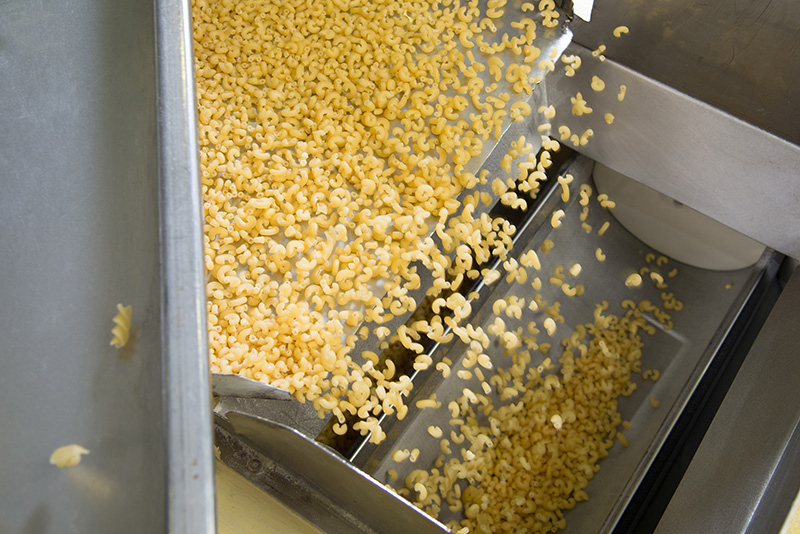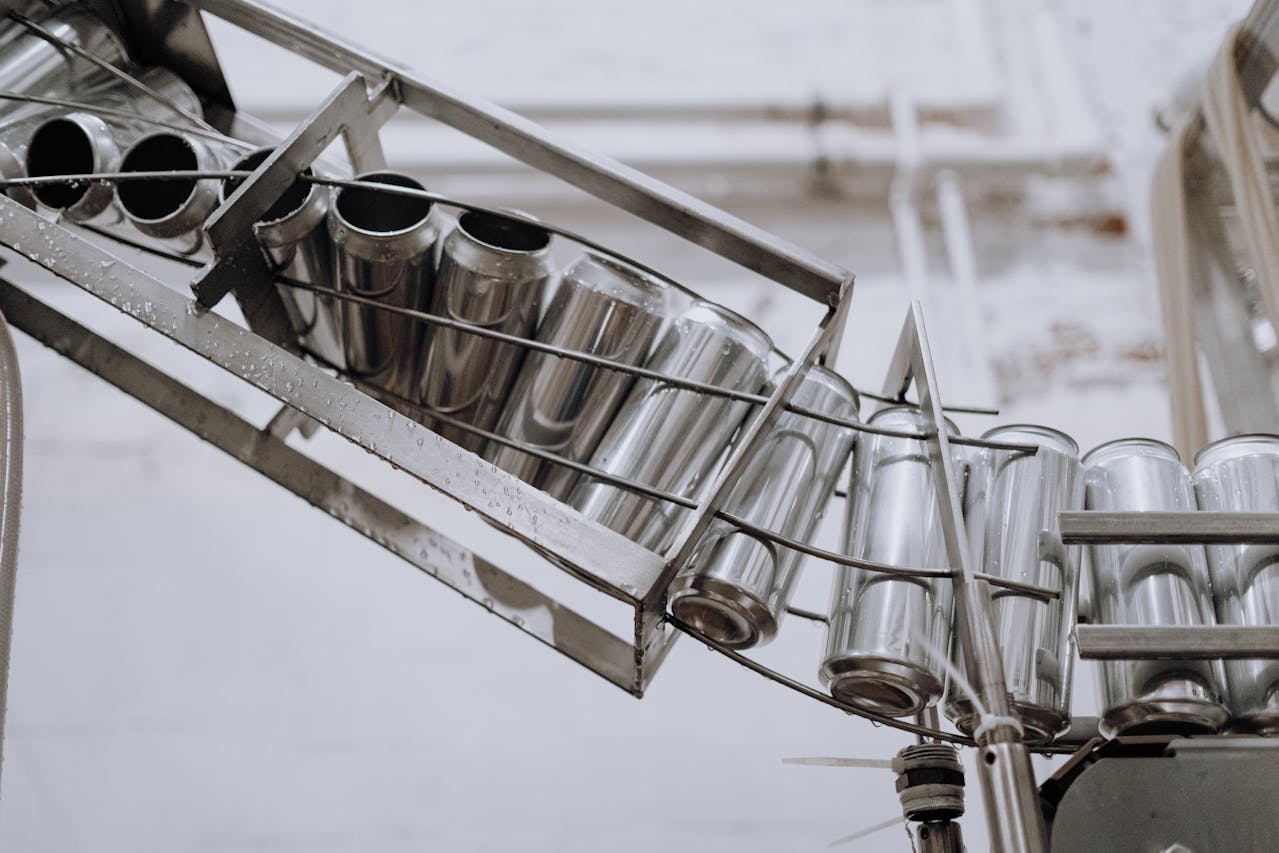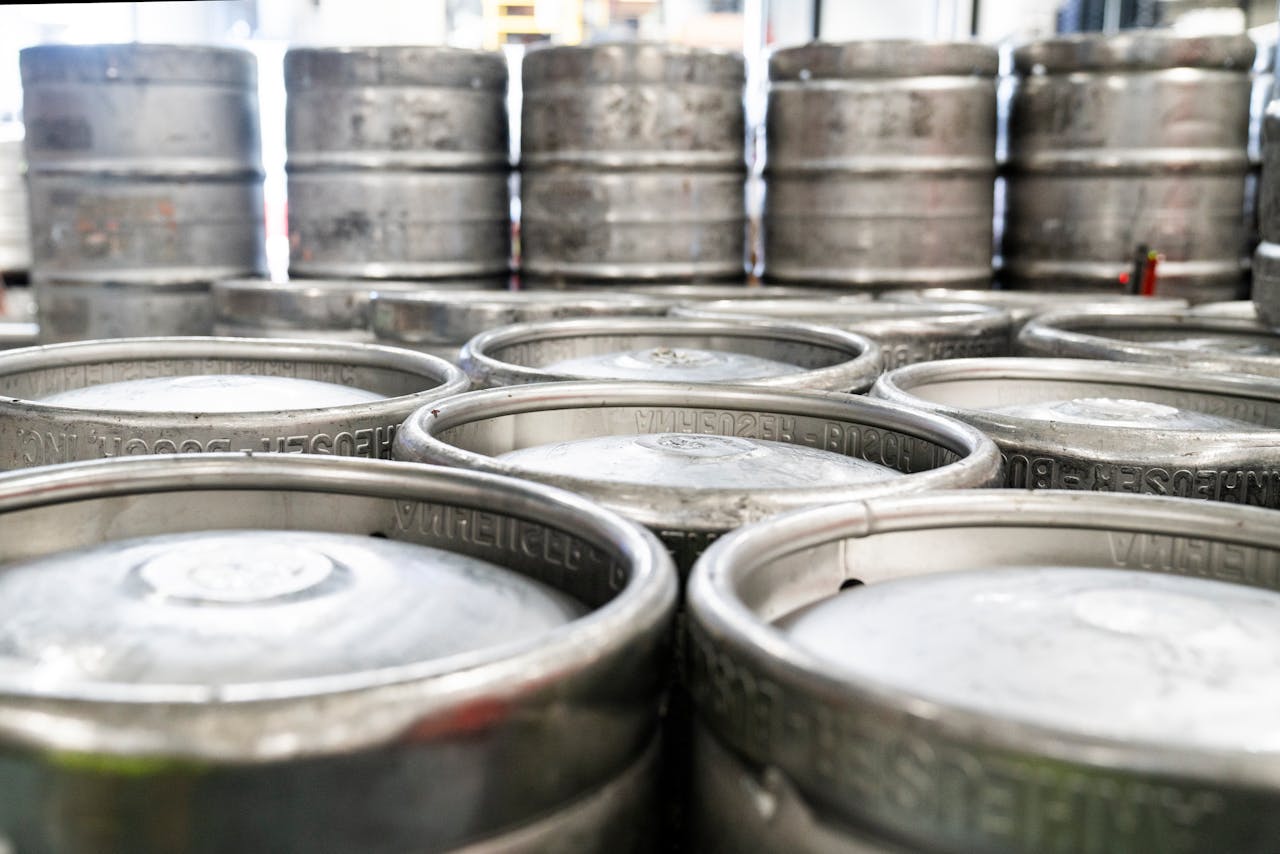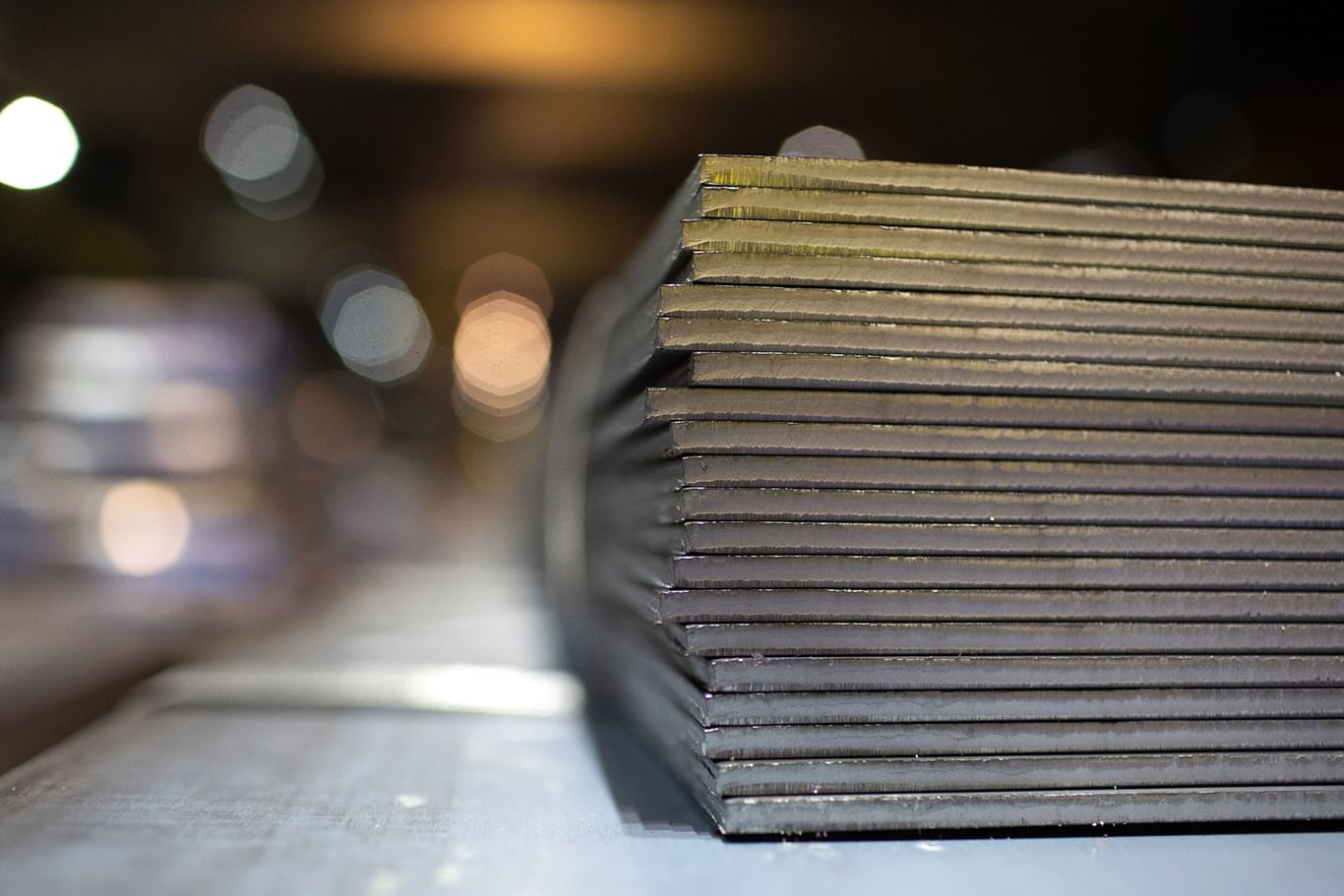Why use Stainless Steel in Food Processing and Dairy Industry?
January 31, 2022
Food and Dairy: A Background
The food processing and dairy segments have emerged as key contributors to the Indian economy. With a large population relying on dairy products and processed food, these segments not only contribute to nearly 25% of the country’s GDP, but also provide employment to a huge section of the population.

India, as the leading producer of milk in the world, recorded a production of nearly 186 million tonnes in 2018. This is further expected to grow to ~240 million tonnes by 2024-25. Further, India ranks second in the world in the production of rice, wheat, and several other vegetables and fruits. According to the Ministry of Food Processing Industries, Government of India, the food processing sector has been growing at an average annual growth rate (AAGR) of around 8.41% for the last five years (ending 2017-18).
In a post COVID world, these segments are experiencing turbulence due to growing global demands for food safety in terms of hygiene, increasing food insecurity, increased life cycle cost of production equipment due to corrosion, and elevated consumer demand for better quality and sustainability. Over last many years, stainless steel has proven to be a key suitable raw material and a promising alternative for the Indian dairy and food processing industries.
Why Stainless Steel?
Stainless steel comprises at least 10.5% Chromium. In the presence of oxygen, it forms a passive film over its surface which makes it corrosion resistant and inert in nature. This makes it a viable choice for various stages of application in the food and dairy industries, like manufacturing, bulk storage, and transportation. Approximately 10,000-15,000 MT of stainless steel is consumed every year in India for production of new food equipment and for upkeep of the processing chain. A combination of various types of stainless steel grades are used for developing equipment as per specific applications. These include food containers, kitchen sinks, cutlery, silos, tanks, etc.
Compared to all its competitors like aluminium, stainless steel is the most hygienic and corrosion-resistant, and withstands localized chloride attacks from both aggressive ingredients and cleaning agents used in the food industry. Aluminium’s lower strength makes it vulnerable to dents, scrapes and nicks which can be more difficult to clean and serve as initiation sites for corrosive attack by cleaning agents. This makes stainless steel a popular choice in the dairy industry as well.
As a daily necessity for millions of Indians, milk transportation and storage need to follow high hygiene standards. Prolonged usage of poor quality milk cans has led to several issues in the past. Corrosion in poor quality milk cans lead to bacteria formation. This leads to the release of toxins, contaminating the milk and compromising its quality. Storing milk in such cans may also lead to various diseases. As an inert metal, stainless steel does not release any toxins upon storage. Apart from this, stainless steel has an exceptional resistance to extreme temperatures. This makes it possible to preserve the nutrition of milk while processing it in stainless steel tanks. Considering a global concern for preserving hygiene and quality standards, World Health Organization (WHO) associated CODEX and Food Safety and Standards Authority of India (FSSAI) have recommended stainless steel as one of the preferred materials for all food storage and transportation. With an increased focus on health and safety, the government is now imposing strict norms in the food processing and dairy segments. Schemes like National Program for Dairy Development (NPDD) and Dairy Processing and Infrastructure Development Fund (DIDF) have been rolled out in order to counter food insecurity while maintaining quality standards.
In the past, as India’s largest stainless steel producer, Jindal Stainless has deliberated on the need for using more and more stainless steel in these segments by associating with prominent associations like the Indian Dairy Association (IDA), Indian Stainless Steel Development Association (ISSDA), Food Safety and Standards Authority of India (FSSAI), All India Food Processors’ Association (AIFPA), and Bureau of Indian Standards (BIS). The company is working towards developing more applications in stainless steel by converting alternative materials. A case in point is our endeavour to introduce stainless steel for baking applications like bread baking moulds and bread trolleys which suffered rusting over time, compromising hygiene. Jindal Stainless is now supplying chequered sheets for flooring applications and stainless steel sheets for walls to ensure an easily cleanable environment. Further, as stainless steel has high abrasion resistance, it undergoes less wear and tear compared to its competitors, making it a safer alternative.
The Way Ahead
India continues to be the second largest stainless steel producer in the world, with the per capita consumption of stainless steel at a mere ~2.5 kg. This confirms an immense untapped potential for stainless steel applications in the country. With increasing competition and awareness, the food processing and dairy segments are now adopting latest technology and incorporating best quality material in their processes. Stainless steel is being widely accepted as a preferred choice of raw material, not only among the organized large players, but even among small dairy players and manufacturers in India. Around 70% of the Indian dairy market is unorganized, comprising several small players. This calls for an active government support in order to implement policies concerning health and food safety. With an able industry-government coordination, increased awareness, and systematic implementation of hygiene and safety norms, we will be able to create an ecosystem for food and dairy safety in the country, riding on the back of stainless steel.
Sources
- Agricultural & Processed Food Products Export Development Authority (APEDA)
- Ministry of Food Processing, GOI
- FICCI Website
- NDDB Website
- Manfacturing.net Website
To find out more about stainless steel in the food processing, dairy or any other industry, visit www.makestainless.com





